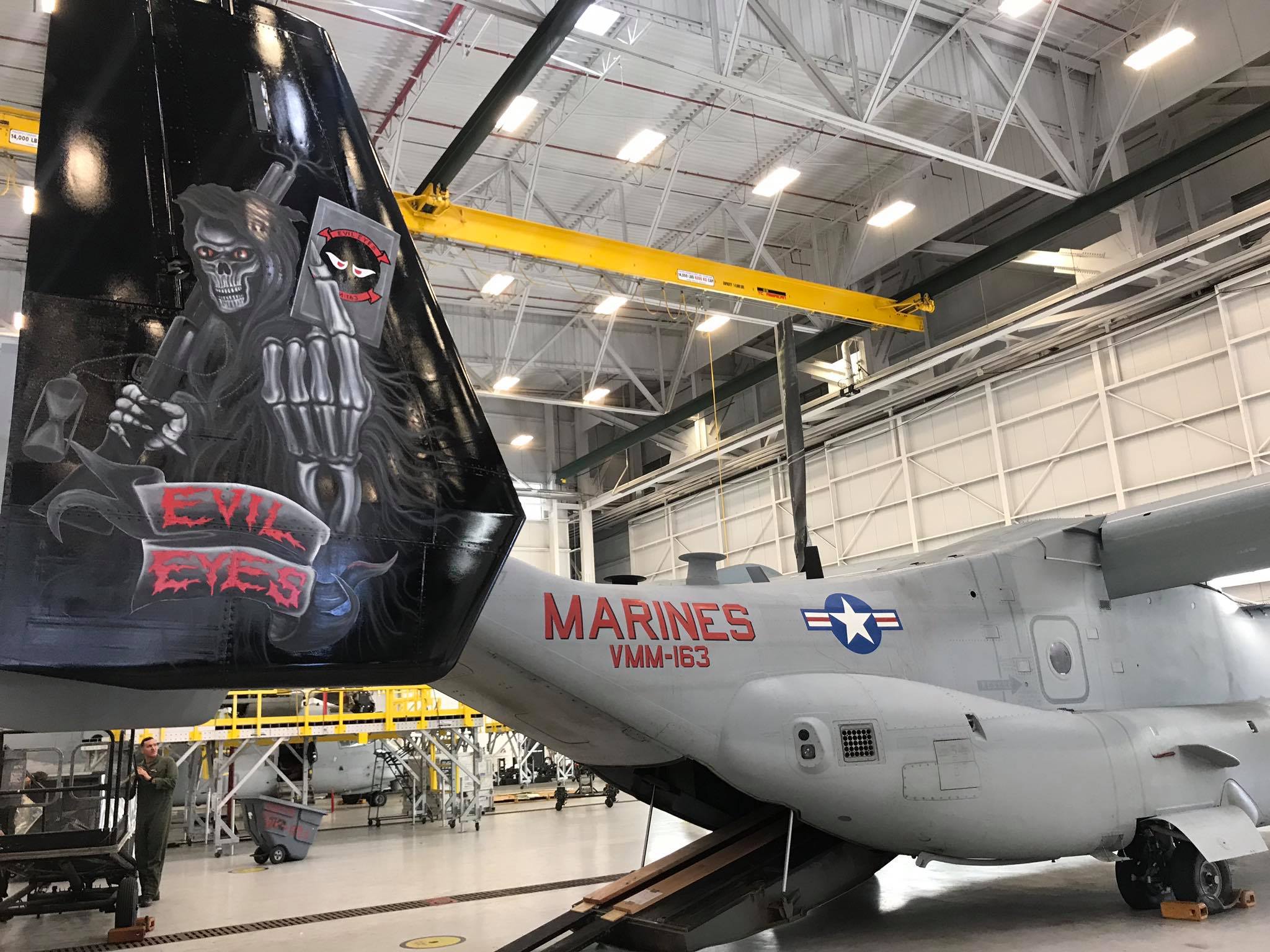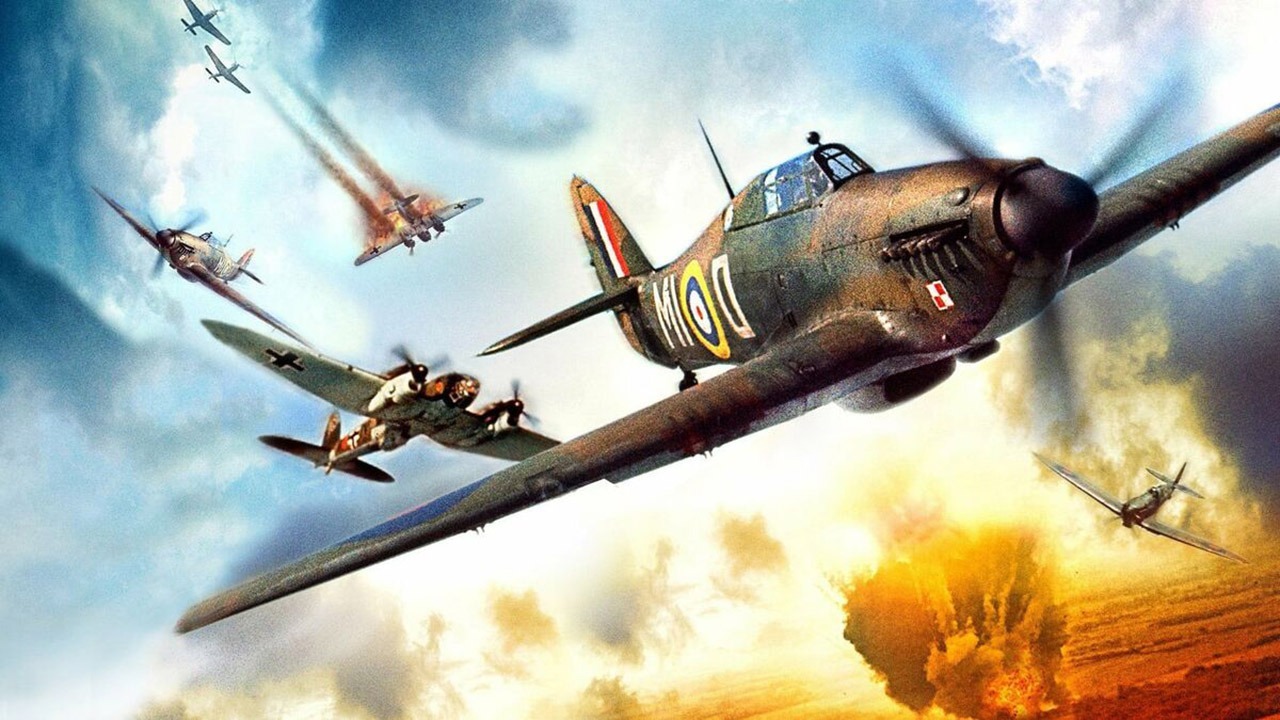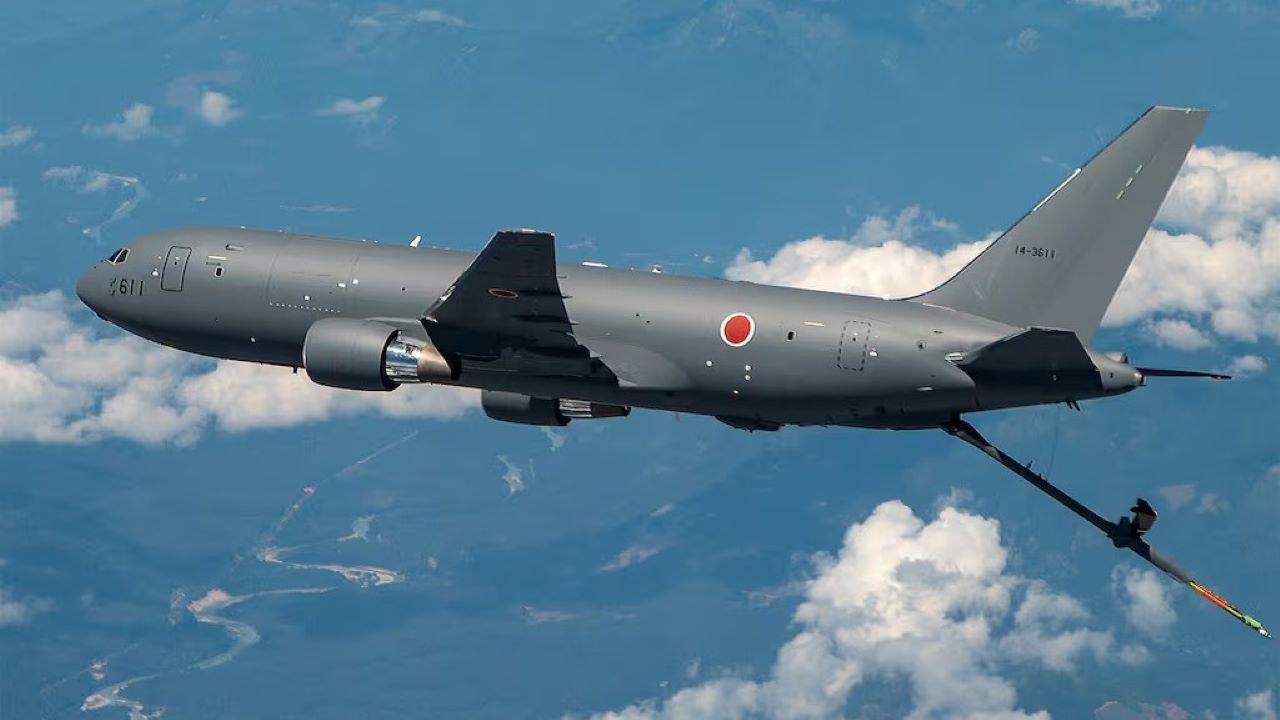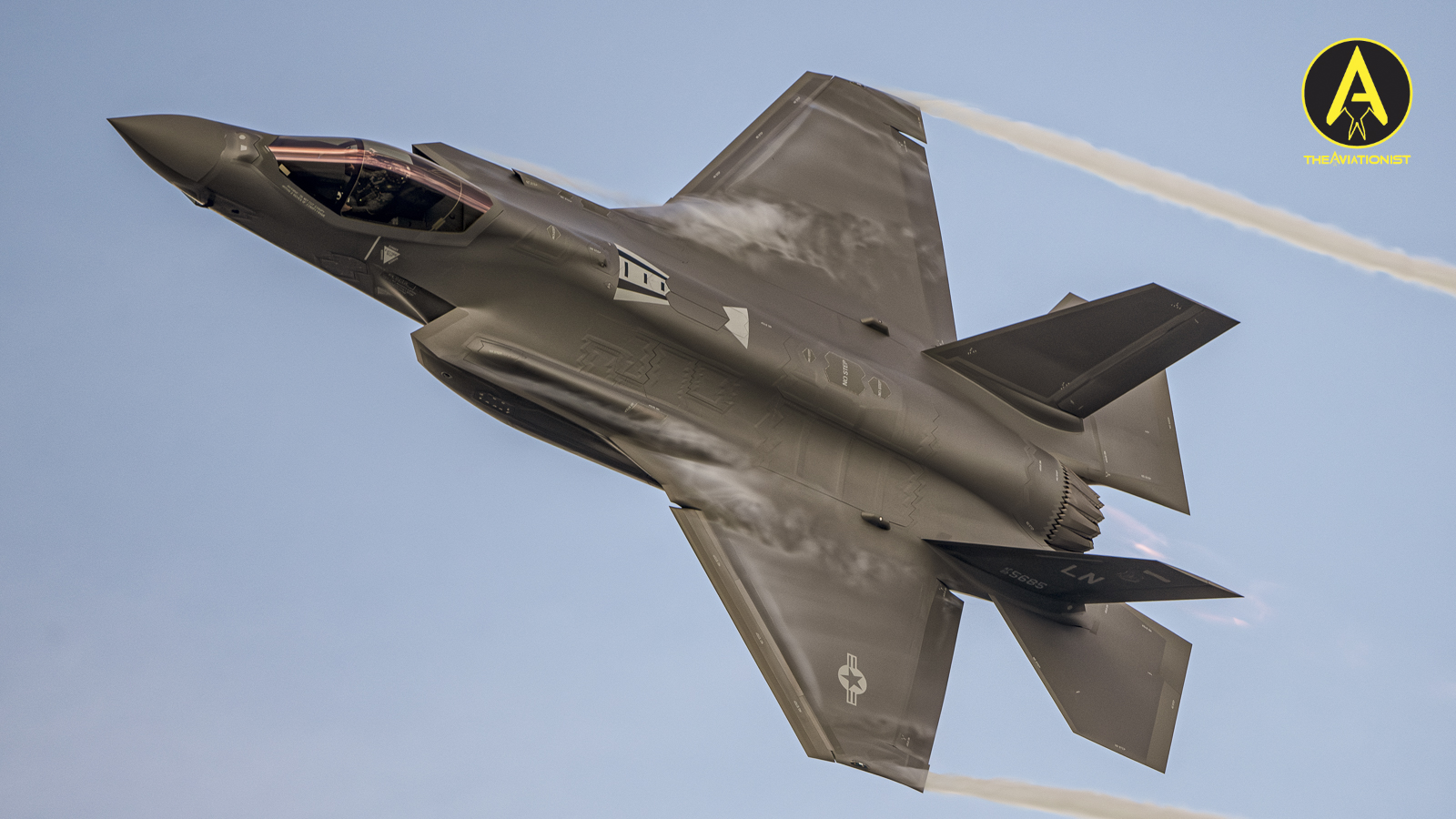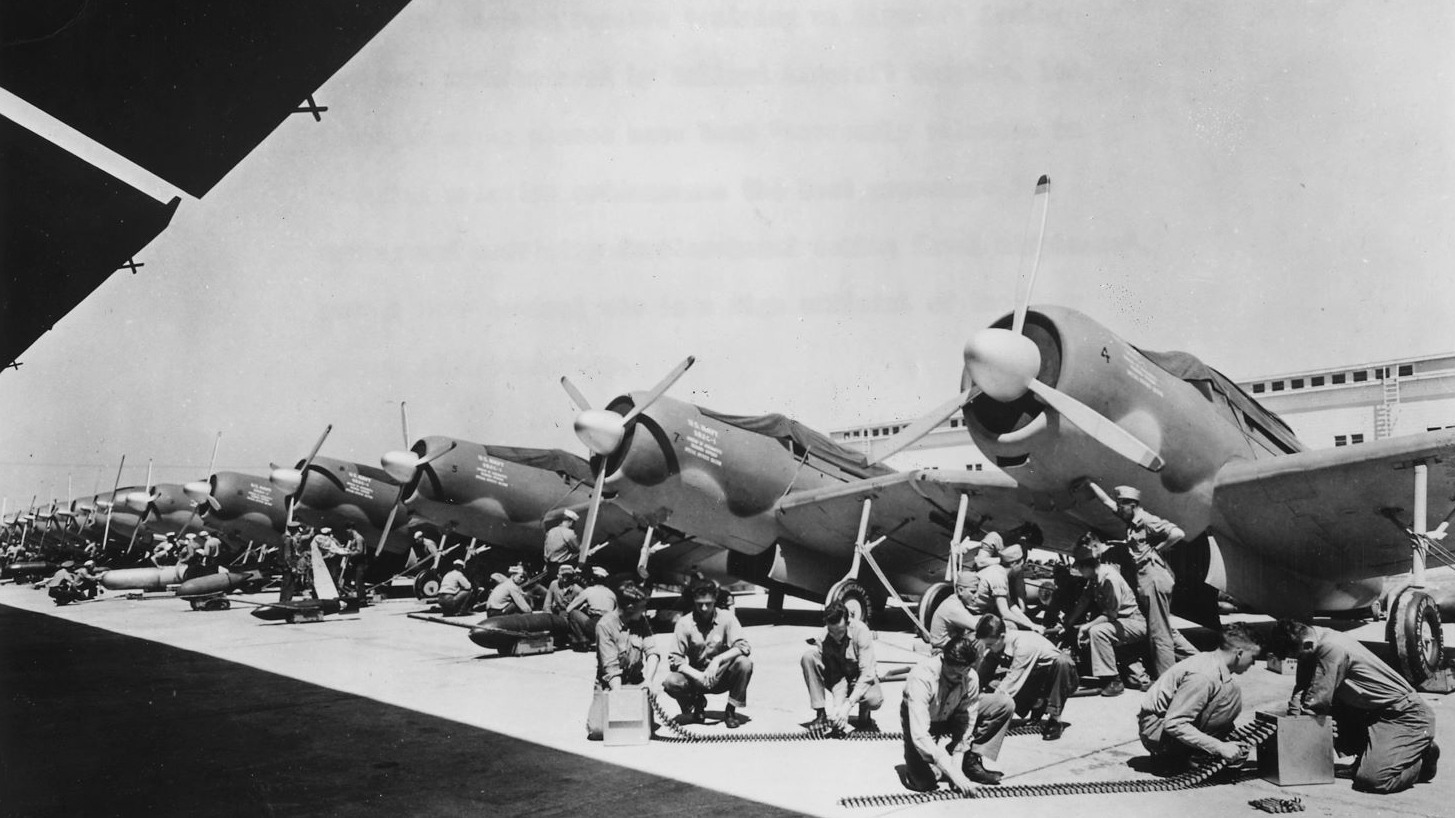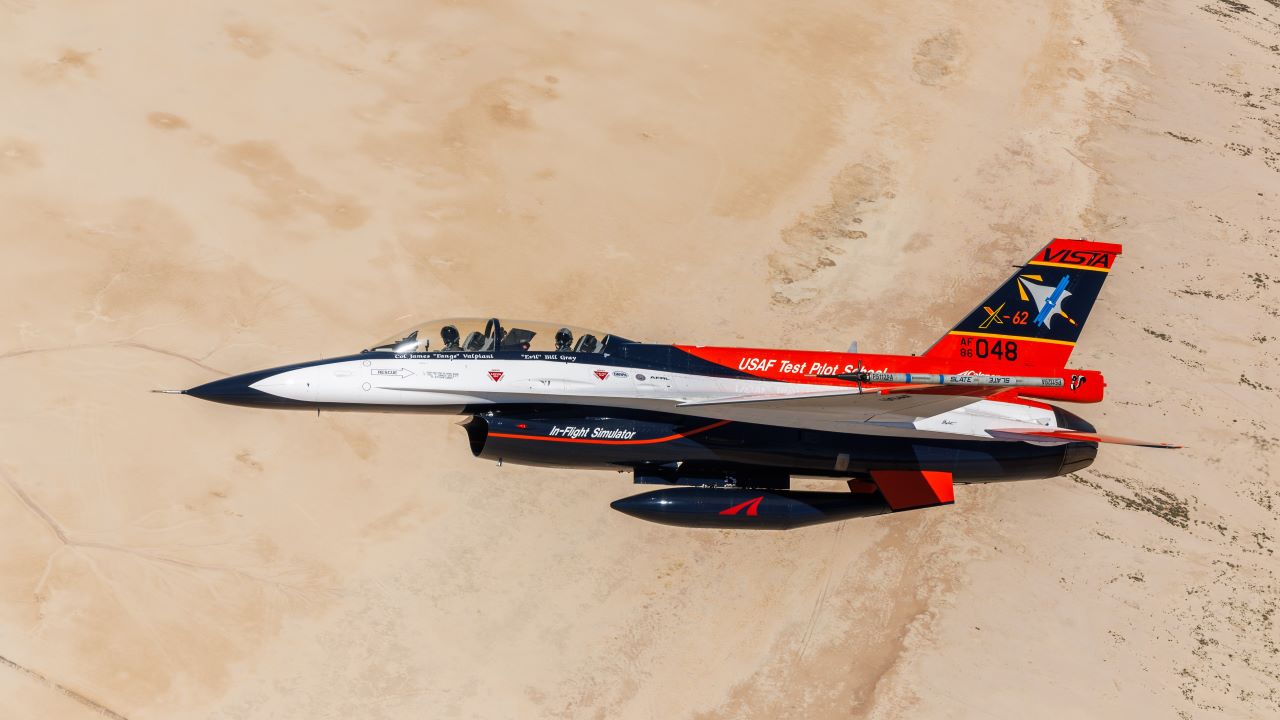Take a look at the “Evil Eyes” MV-22 Osprey for VMM-163 at MCAS Miramar. Finished just in time for Halloween.
The photographs you can find in this post were taken on Oct. 31, 2018 at Marine Corps Air Station Miramar, California. They show an MV-22 Osprey tilt-rotor aircraft belonging to the Marine Medium Tiltrotor Squadron 163 “Evil Eyes” in a new special color scheme prepared by Shayne Meder, aka Flygirlpainter, a retired Air Force master sergeant from Riverside, California, who’s painted with special liveries some 60 U.S. Navy Seahwaks, U.S. Air Force KC-135, C-17 and C-141 aircraft along with U.S. Marine Corps CH-46 and MV-22.
The VMM-163 special Osprey (00-8657) features artwork on the external sides of the vertical tails: the right one has a Grim Reaper with an “Evil Eyes” patch whereas the left one has a Grim Reaper with the “Ridge Runners” patch.
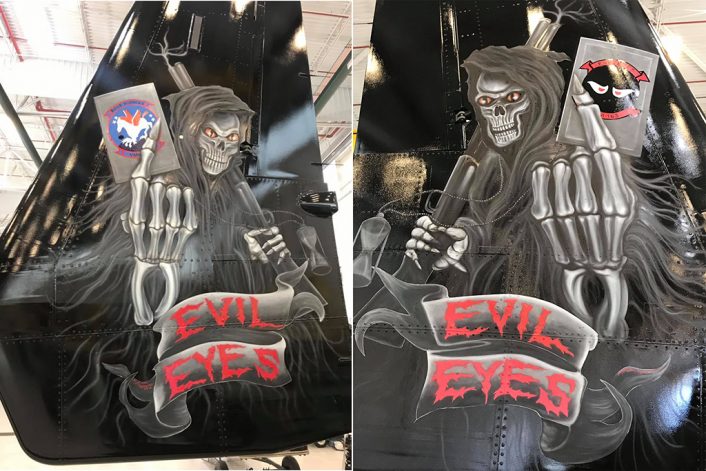
Indeed, formed as HMR(L)-163 in 1951 then HMM-163, the squadron got the nickname Ridge Runners” as a result of typhoon rescue and relief operations in the mountainous terrain surrounding Hagman, Japan. Still, it is also known as the “Evil Eyes”, a unit symbol that dates back to December 1965 whose story is explained as follows on the squadron’s official website:
“In December 1965, LtCol Charles A. House took the reigns of the squadron, newly relocated at MCAS Futema, Okinawa. With only one month separating HMM-163 from its return deployment to Viet Nam, LtCol House and his veteran pilots determined that a unit symbol was needed to build morale and espirit d’corps, especially for the newly assigned replacement personnel.
Capt Al Barbe, the Squadron Intelligence Officer and husband to a Thai bride, offered a suggestion. Because of Asian culture and beliefs, he proposed that eyes painted on the unit aircraft might have an unsettling affect upon the enemy, thus the concept of “The Eyes” on the front of HMM-163 aircraft was born.
On 1 January 1966, HMM-163 flew via C-130 to Phu Bai, Vietnam, relieved HMM-161, and took over their H-34 helicopters. Painting of what were then called “Genie Eyes” (after the “I Dream of Jeannie” TV show) began immediately.
By March 1966, HMM-163’s “Genie Eyes” were being called “Evil Eyes” by the ground units the squadron supported. The Squadron flew over 2,000 flight hours in ten days in support of the overrun Ashau Valley Special Forces Camp, in which 190 U.S. Army survivors were rescued from enemy capture. In Aug/Sept 1966, orders came from 1st MAW to eliminate white paint on Marine helicopters; so all white markings and lettering were either stricken or painted over in black. HMM-163 was aboard a carrier off the coast of Vietnam and used the excuse that they were not directly under Wing command at that time. The “Evil Eyes”, therefore, remained black and white.”
Along with the the tail art, the aircraft also sports two eyes on the nose section.

Noteworthy, the special painted MV-22B is one of those equipped with the Ku Ka antenna part of the Networking On-The-Move-Airborne Increment 2 (NOTM-A Inc 2) initiative launched in 2016 to provide an airborne en route mission planning and over-the-horizon/beyond-line-of-sight (OTH/BLOS) communication and collaboration capability.
Image credit: Flygirlpainter

